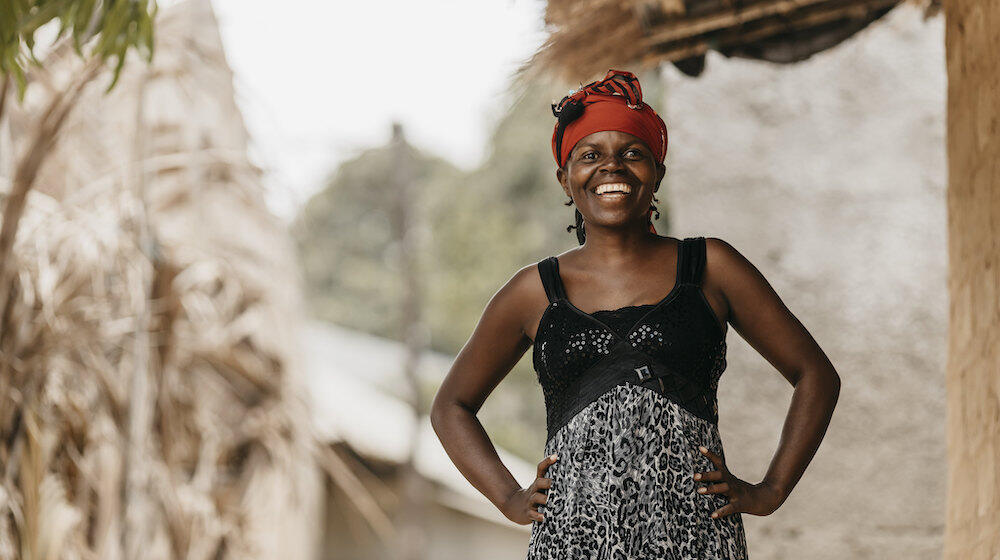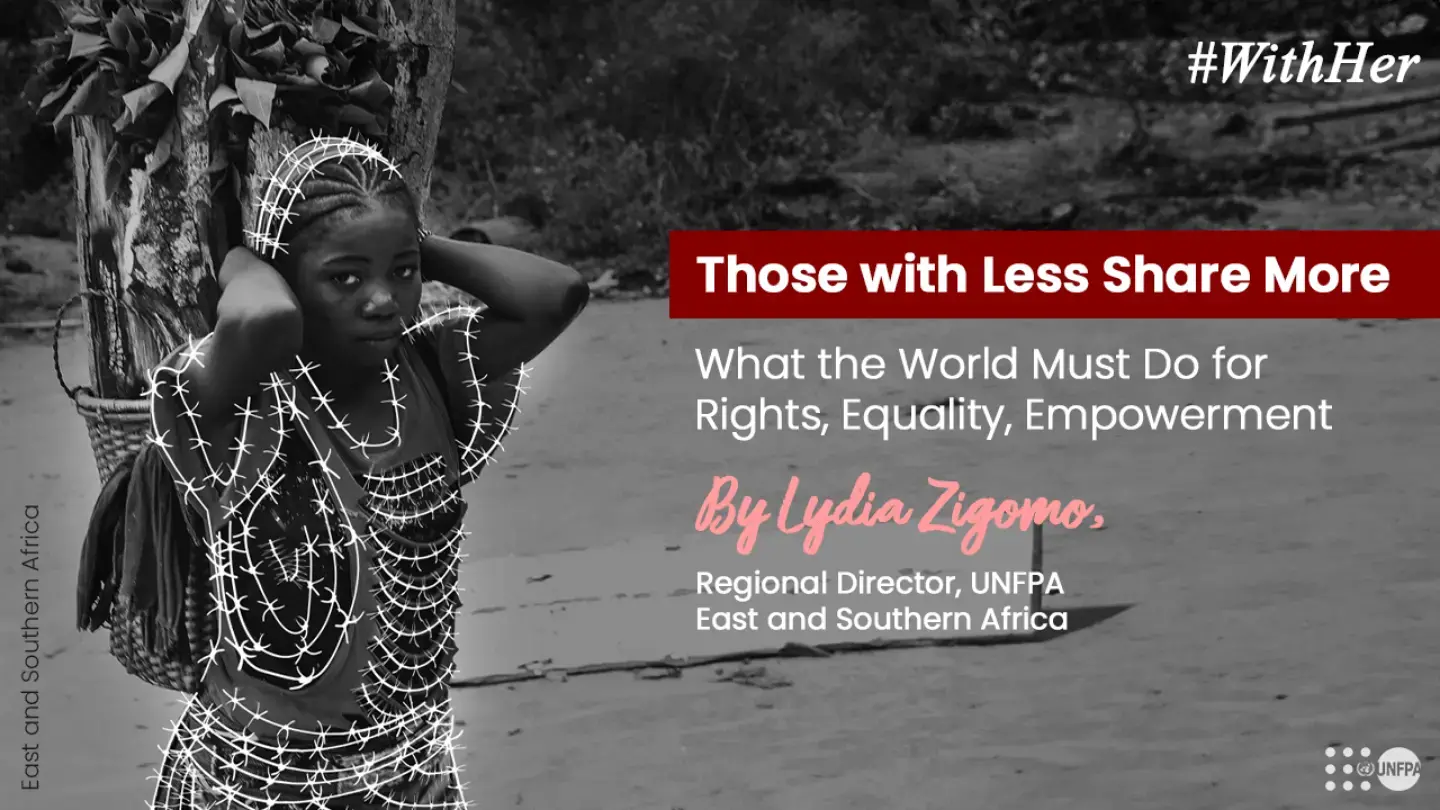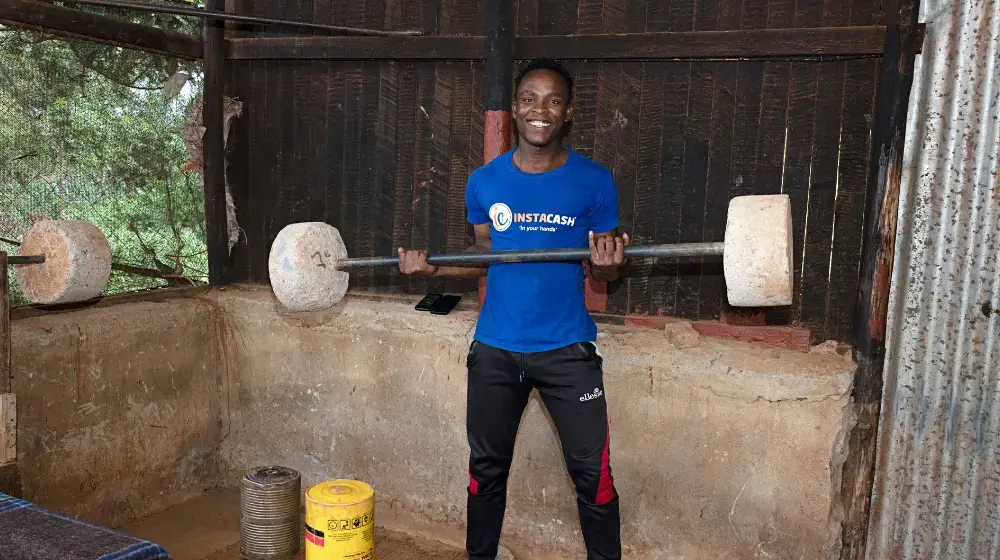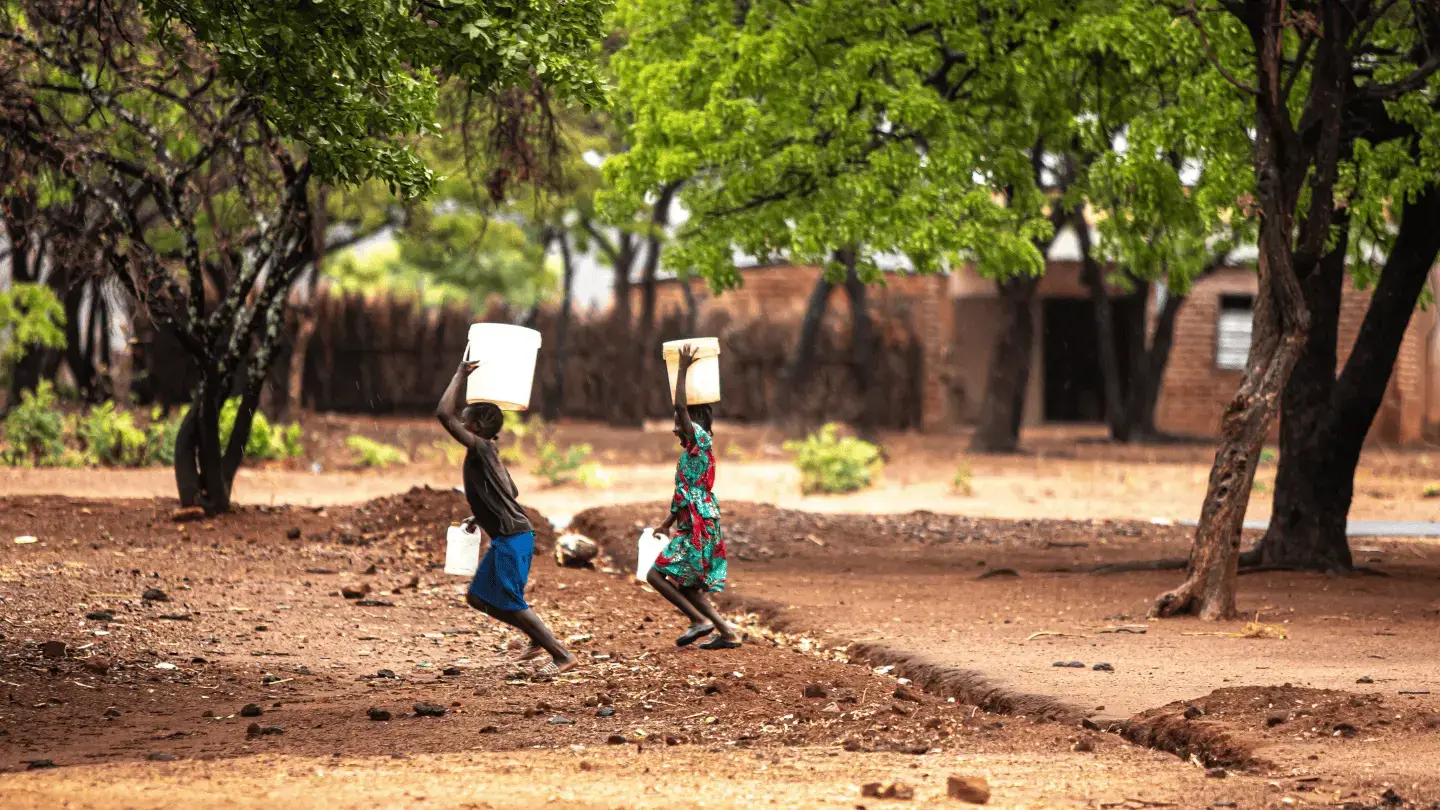Statement by UNFPA Executive Director Dr. Natalia Kanem on the International Day for the Elimination of Violence against Women 2022
With the global population recently reaching 8 billion, we can celebrate many signs of human progress. Better health and longer lives brought us to this point. Yet a sobering reality is how uneven progress has been, and how systematically violence against women and girls still robs so many of dignity, well-being and the right to peace.
This will persist as long as women’s rights and choices are treated as inferior to those of men, and for as long as their bodies are not considered their own.
Violence against women and girls happens everywhere. It prevails in homes, schools, businesses, parks, public transport, sport arenas and, increasingly, online. It escalates in the context of climate change and in times of war. For women and girls, no place is completely safe. Violence against them remains the world’s most chronic, most devastating, most overlooked violation of human rights.
Yet violence against women and girls is completely preventable. We can stop this crisis by acting in solidarity with the growing numbers of people who are standing up and saying “enough”. Everyone has the right to bodily autonomy and to live in safety and security.
On this International Day for the Elimination of Violence against Women, UNFPA stands with its UN partners and the United Nations Secretary-General's UNiTE Campaign in calling upon governments and allies to act now to end violence against women and girls in all their diversity.
Stopping the spread of violence facilitated by technology has become an urgent priority. The online world is awash in harassment, hatred and abuse, some of which spills over into non-virtual spaces with deadly consequences. An astonishing 85 percent of women experience or witness violence online, according to the Economist Intelligence Unit. The shares are even higher in places where gender inequality remains most deeply entrenched. And the abuse and harm may be compounded due to intersecting factors, such as race, disability and religion. Our gender-based violence prevention and response measures must also take these factors into consideration.
UNFPA’s bodyright campaign is galvanizing global awareness of how corporate logos and other copyrighted material enjoy greater protection online than human beings. It has helped launch a diverse global movement to stop technology-facilitated violence, one that links women’s rights activists with government regulators and private-sector tech providers. Created just one year ago, the Global Partnership for Action on Gender-Based Online Harassment and Abuse, which includes UNFPA among its leaders, is already driving new partnerships, visibility and action.
Mounting signs of change are evident in new online safety legislation in the United Kingdom and the United States. The Lao People’s Democratic Republic has adopted tools to equip service providers to respond to technology-facilitated violence. Tunisia has launched an app to help young people safely navigate the online world. Argentina has integrated the issue into comprehensive sexuality education curricula.
The private sector has begun to step up, too. Some tech companies have introduced new controls on online location tracking and data sharing, for example. Others are masking identifying information to limit biased and even weaponized use of data.
These are all good starting points, but much more needs to be done. Beyond laws and safety checks, as important as those are, we also need to radically transform how we view the rights of women and girls to make choices about their bodies and to live free from violence. This means disrupting harmful social and gender norms and dismantling every single barrier to these rights, starting with the most marginalized people who are subjected to the most acute violence and discrimination.
Let’s all draw inspiration from the commitment of activists across sectors and across the globe who are mobilizing and pushing forward, united and determined. Join the bodyright movement to end violence against women and girls, for all, for good.





